• Don't insult other visitors. Offensive comments will be deleted without warning.
• Comments are accepted in English only.
• No swearing words in comments, otherwise such comments will be censored.
• Your nickname and avatar are randomly selected. If you don't post comments for 7 days, they both are reset.
• To choose another avatar, click the ‘Random avatar’ link.


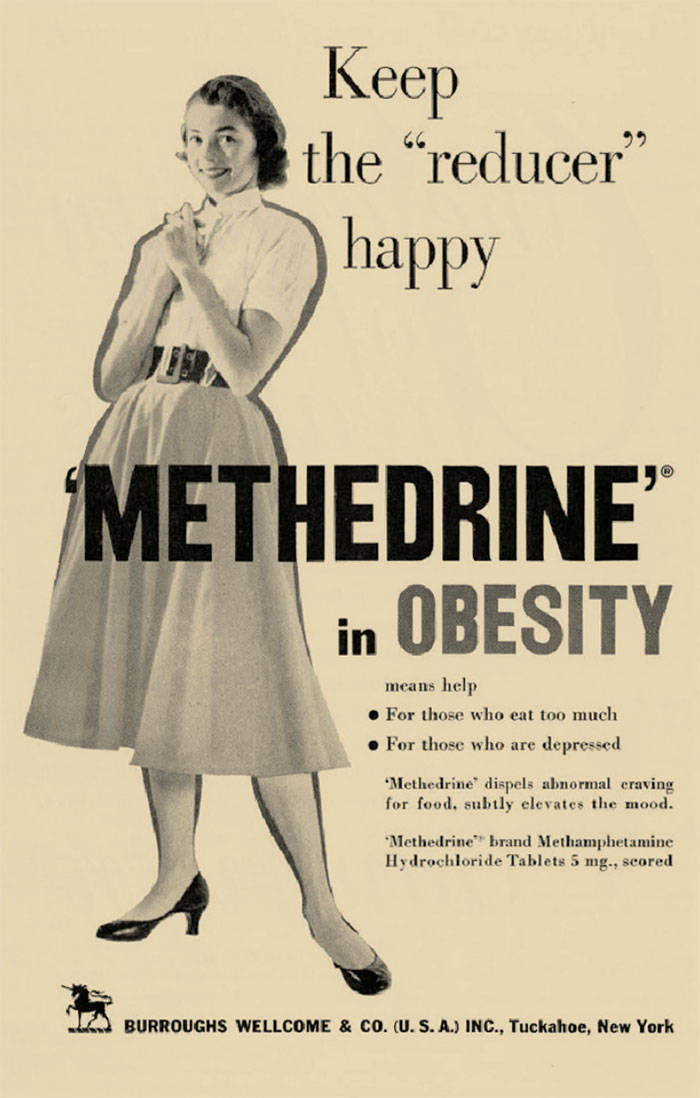
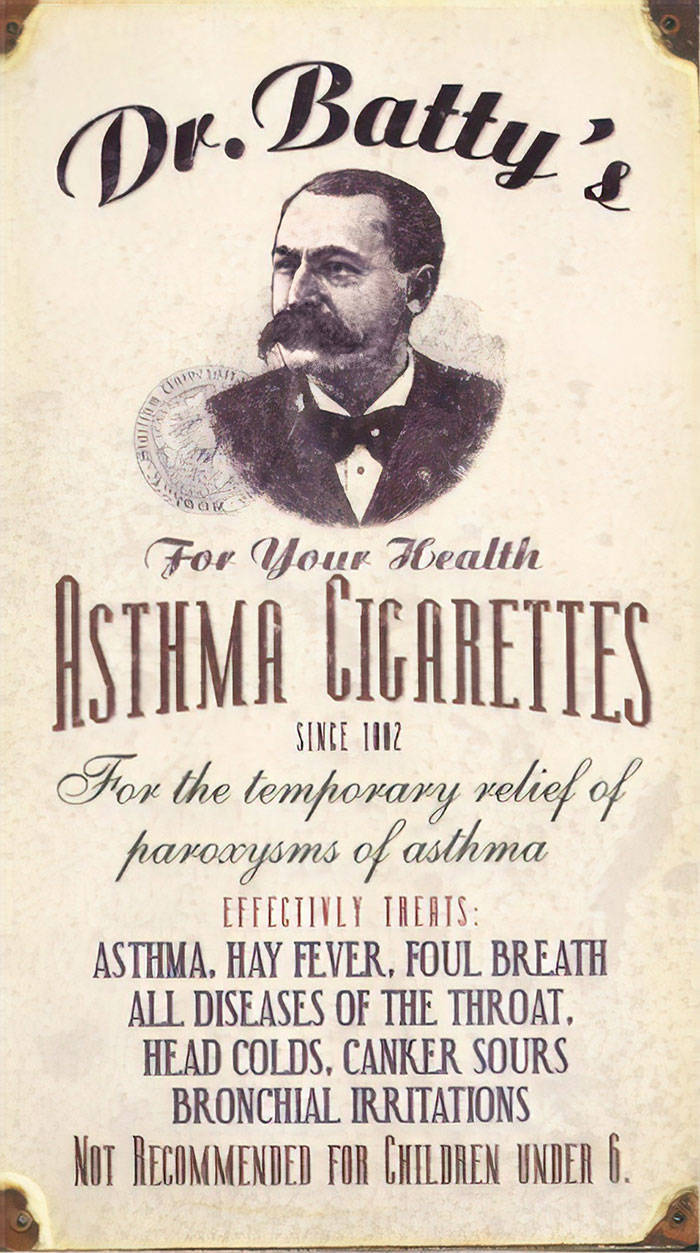
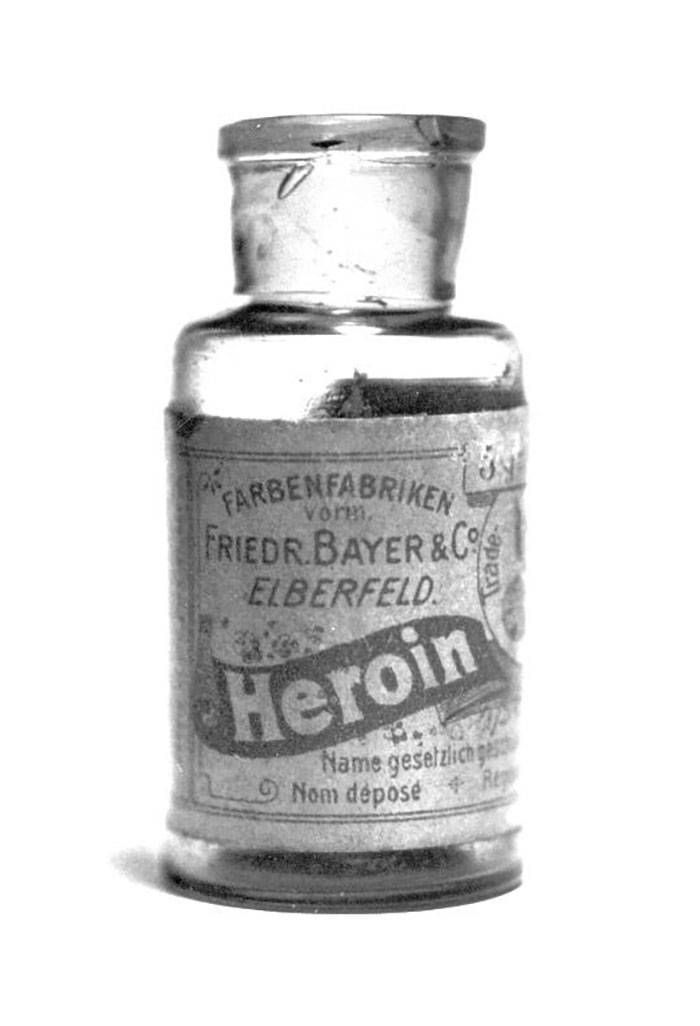
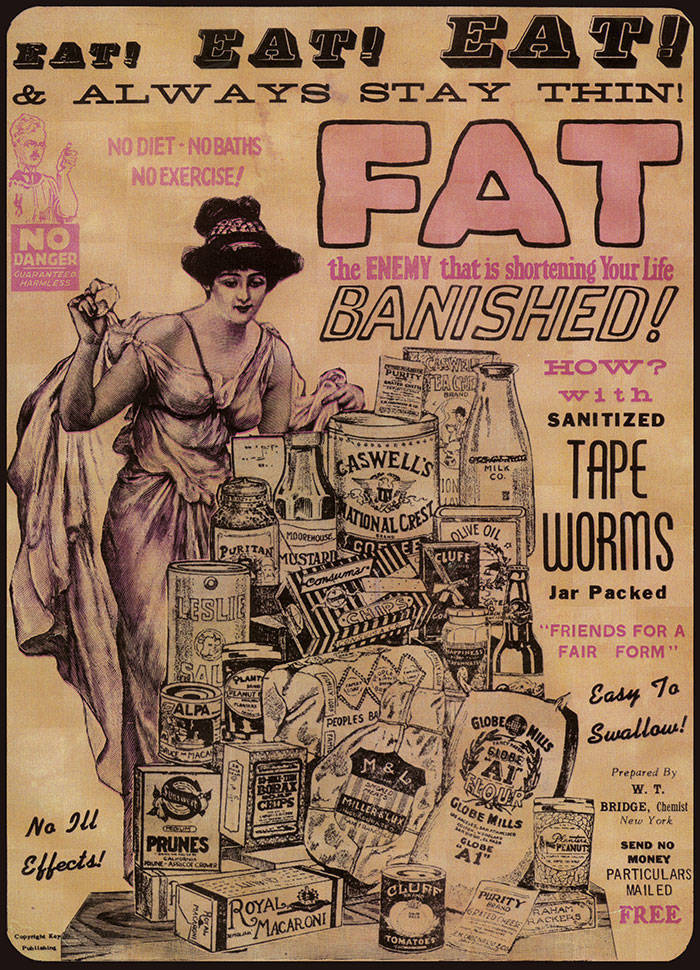
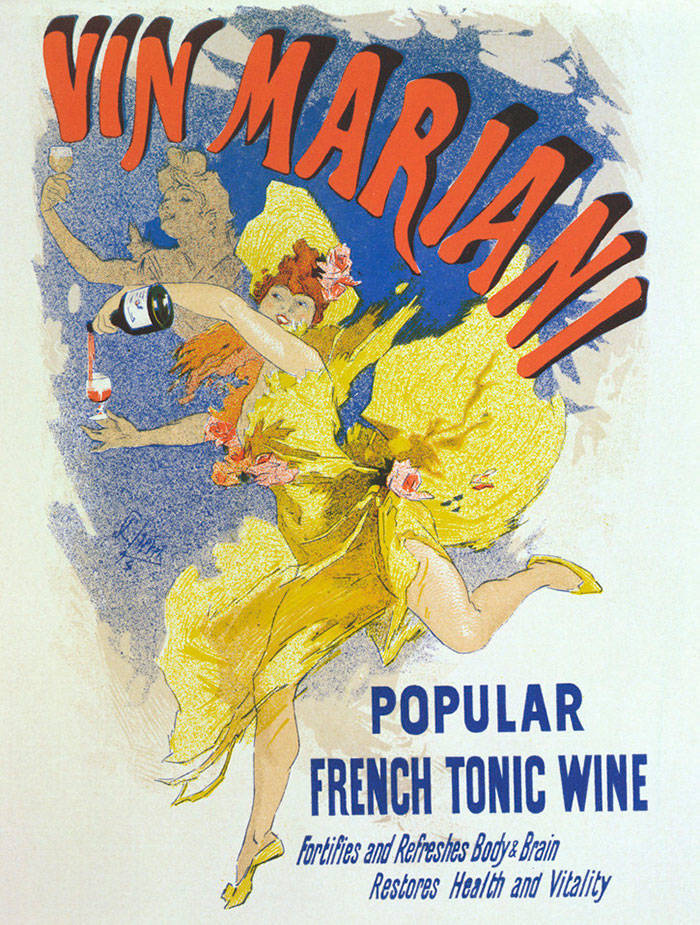
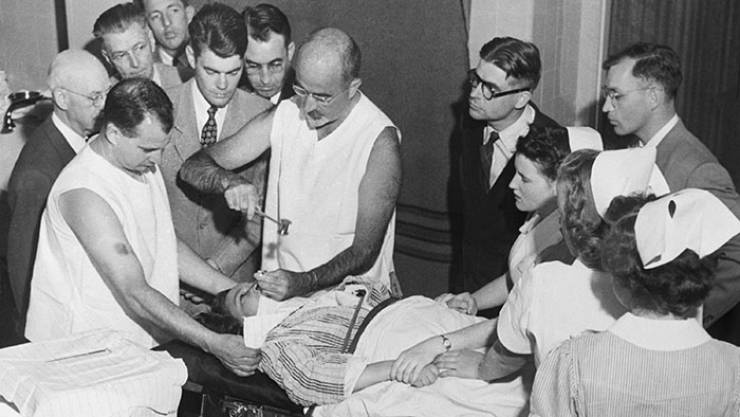
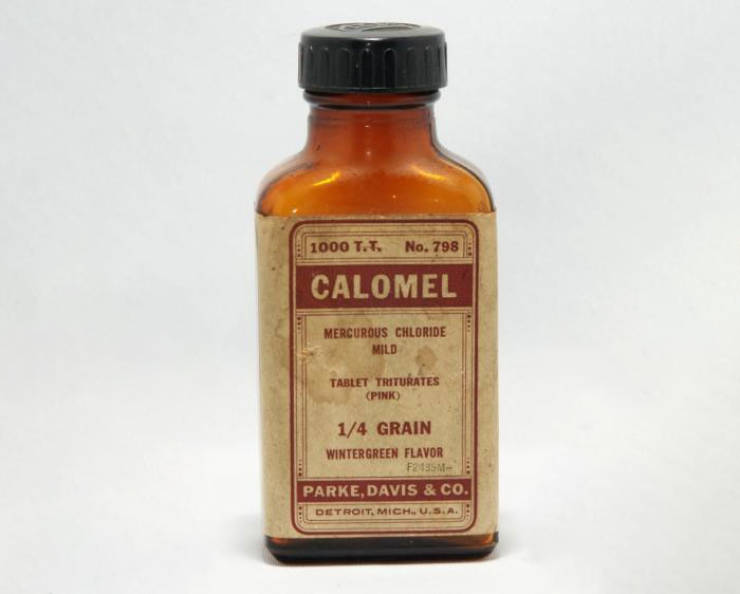
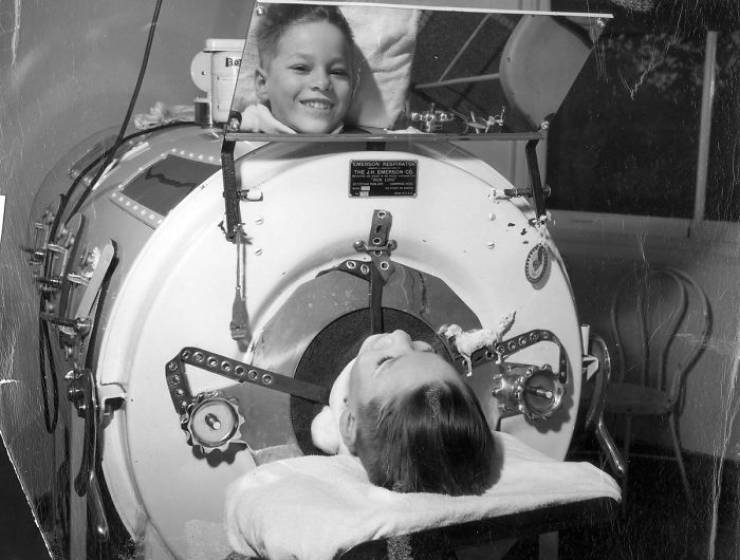
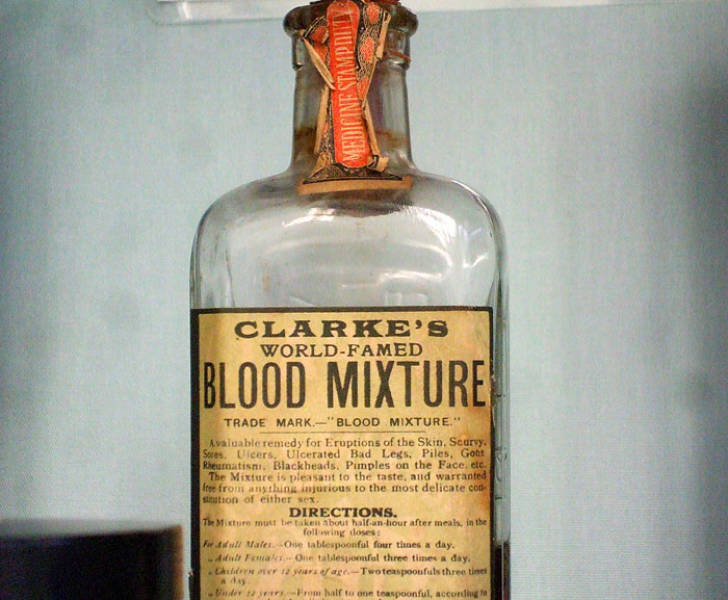
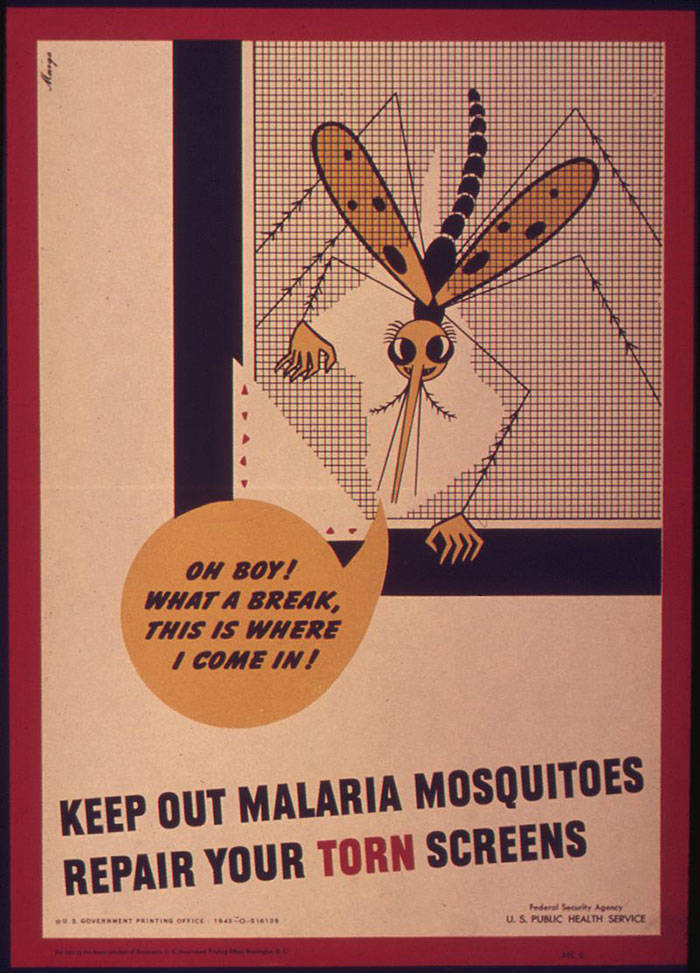

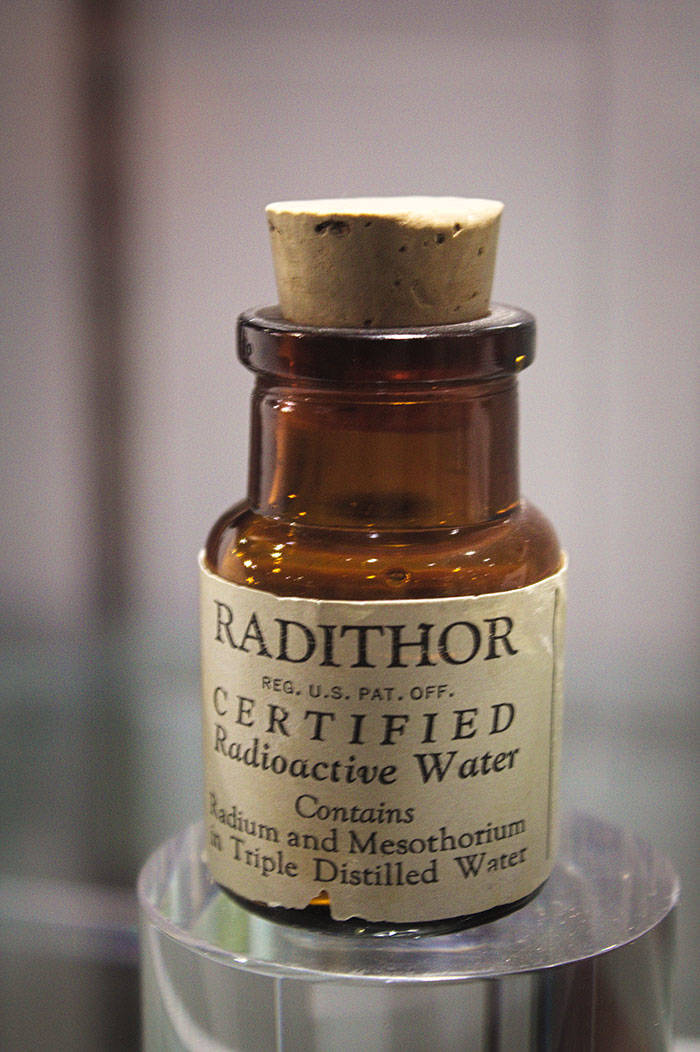







#18 The idea is that of sympathetic (imitative) magic : mices have good teeth, so they are good for ailing teeth... the same kind of "reasoning" is always used nowadays in... homeopathy !
#19 Some trepanated prehistoric patients have survived long enough for the bone to grow again around the opening !
#1 Maybe one was supposed to have masturbated with a handful of cornflakes. That certainly would have made it a lot less fun. (Cream on your cornflakes, anyone?)